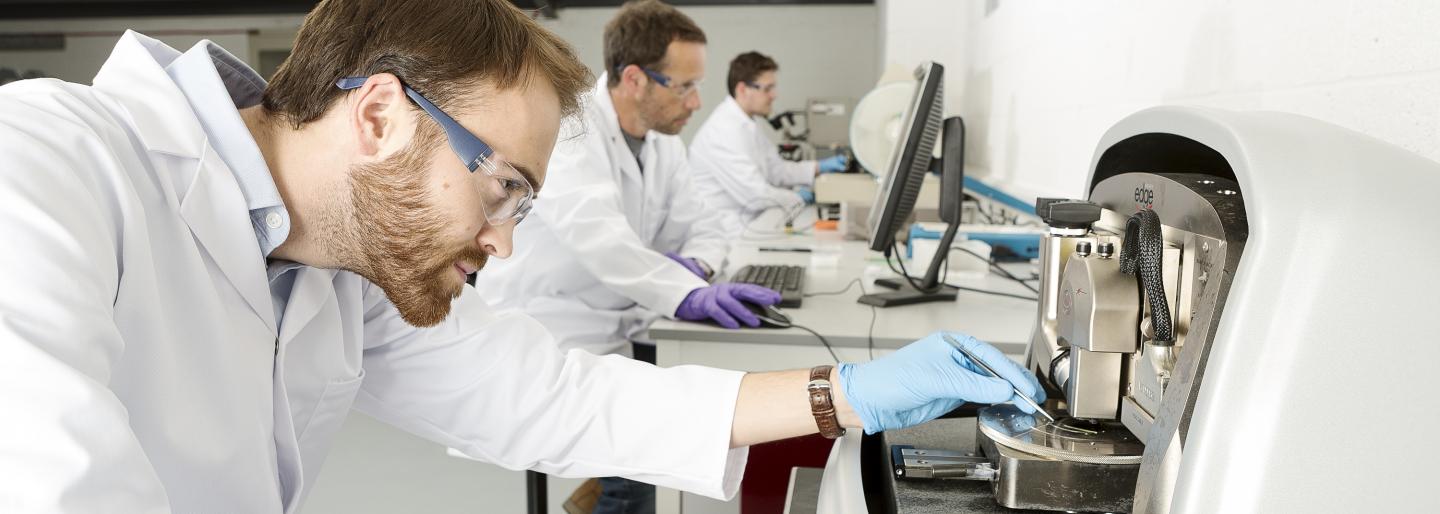QMUL and Paragraf to explore replacing Indium with Graphene

£500K Innovate UK-funded project to investigate replacing indium in solar panels, LEDs, and mobile phones
Queen Mary University of London and the Cambridge start-up Paragraf have been awarded £500,000 by Innovate UK to explore using graphene to replace the rare metal Indium.
The Queen Mary research will be led by Colin Humphreys from Queen Mary's School of Engineering and Materials Science, with co-investigators Oliver Fenwick from the same School and William Gillin from the School of Physics. The project manager is Ivor Guiney of Paragraf.
A number of companies are donating device structures to this project: solar cells from Verditek, devices used in mobile phones from IQE, and LEDs from Plessey. In addition, Queen Mary will assess Paragraf graphene as an ITO replacement for organic LEDs, and the UK lighting and display company Forge Europa will perform accelerated reliability tests on the graphene assisted devices.
Indium is on the EU Critical Materials List and is stated to have an "irreplaceable role in industry and society." The main use of Indium is in ITO, widely used in solar panels, mobile phones, TV screens. It is also a central component to other compound semiconductors such as InP and InGas. However, more than two-thirds of the world's scarce Indium reserves are in China, which currently produces over half of the world's Indium.
Indium costs £360 per kg, by comparison, Zinc costs only £4 per kg. ITO costs even more, £1,700 per kg, five times the price of silver. The global demand for ITO is £2.6 billion per year and rising. There is therefore an urgent need to replace ITO with something more sustainable.
Graphene has not been used commercially in electronic devices because of the difficulty in scaling up its size to be large enough for manufacturing. However, the UK company Paragraf, which spun out of Humphreys' research group when he was employed at the University of Cambridge, has started producing graphene at up to eight inches in diameter, using a new process.
Humphreys said: "This is an exciting project to try to replace scarce indium with environmentally friendly graphene in products widely used by society: solar panels, mobile phones, TVs and computers. It promises to be transformational."
Simon Thomas, CEO of Paragraf says: "Graphene is an extraordinary material that offers incredible potential in the world of electronics, not least in the replacement of expensive, extremely environmentally unfriendly device contact layers. This exciting project between Queen Mary and Paragraf has the opportunity to revolutionise the industry and provide a safer, more cost effective, renewable solution for electronics."


































